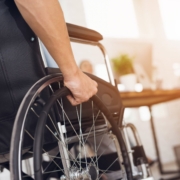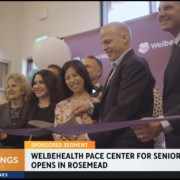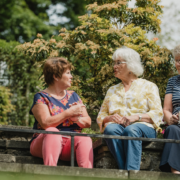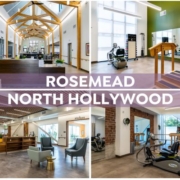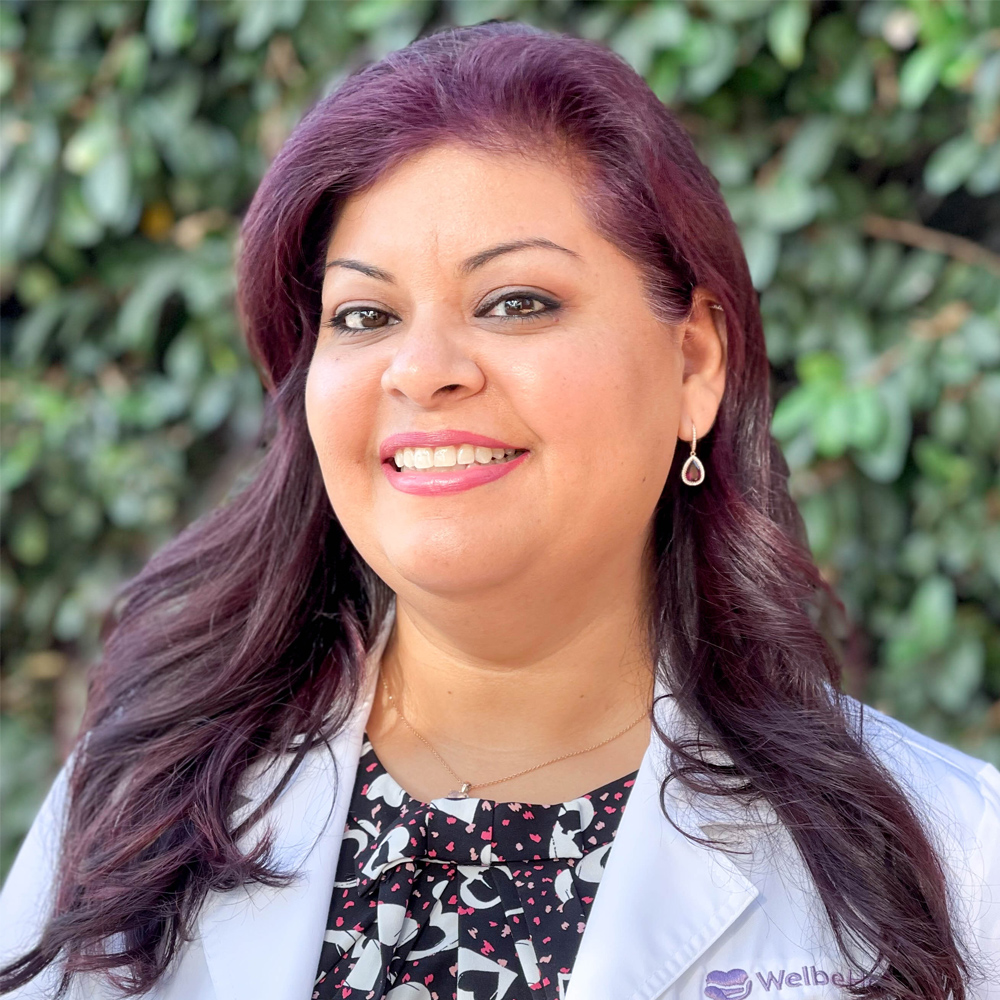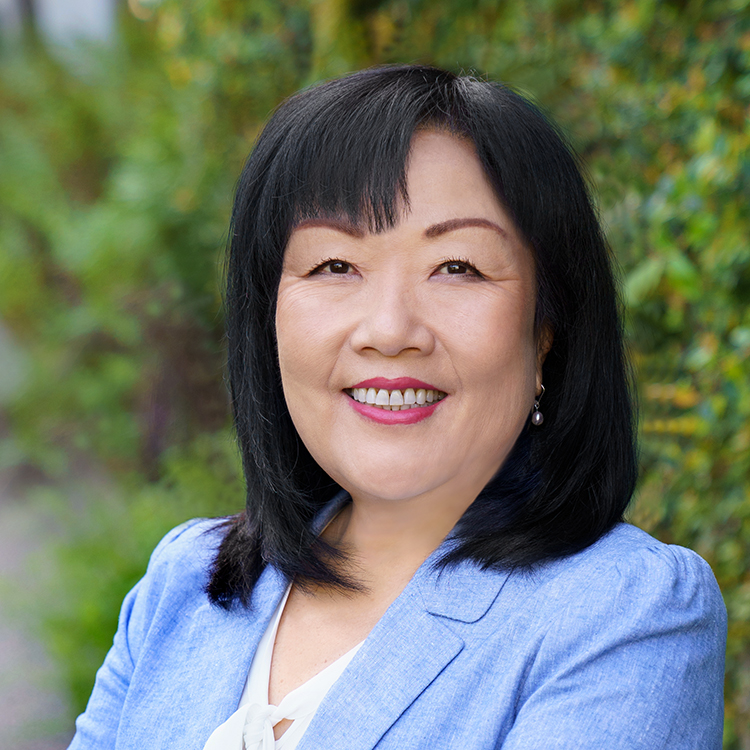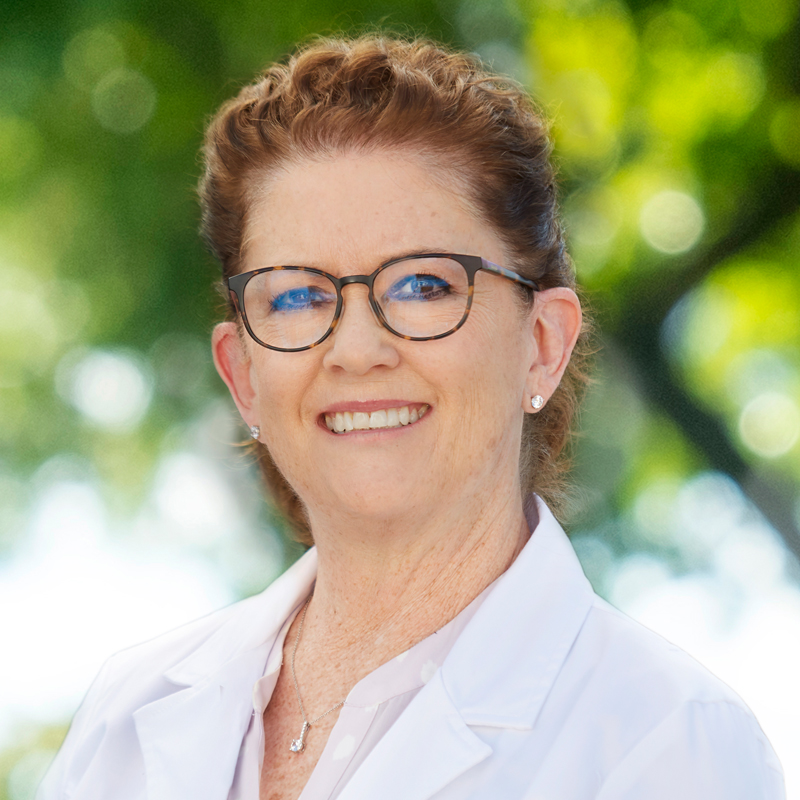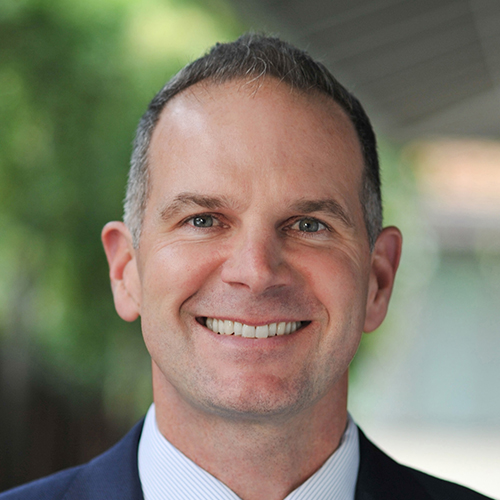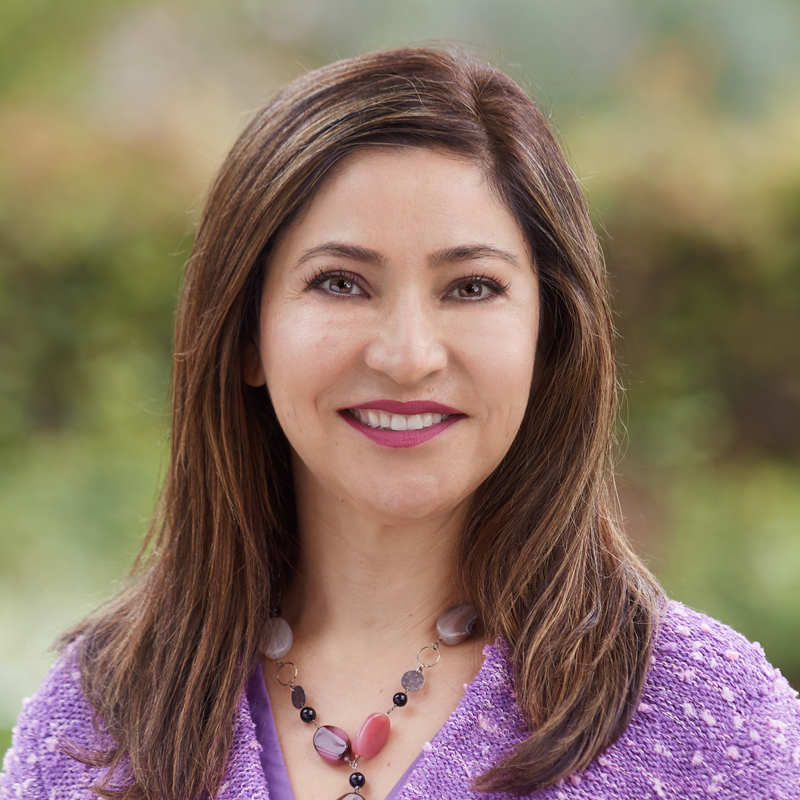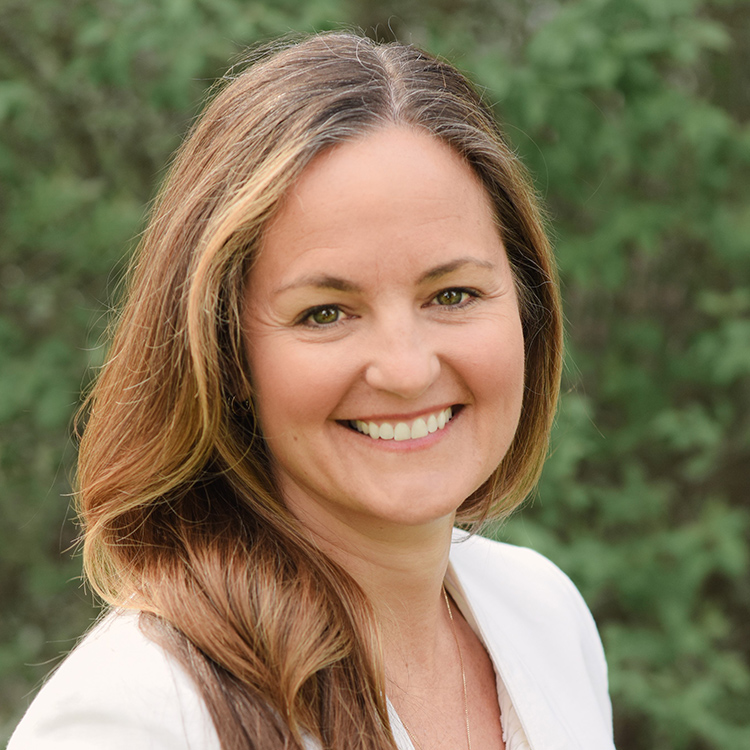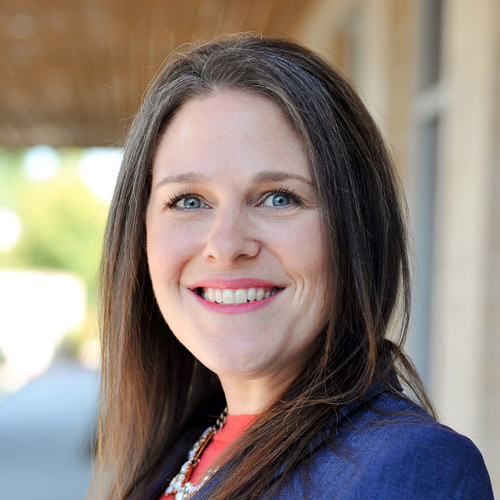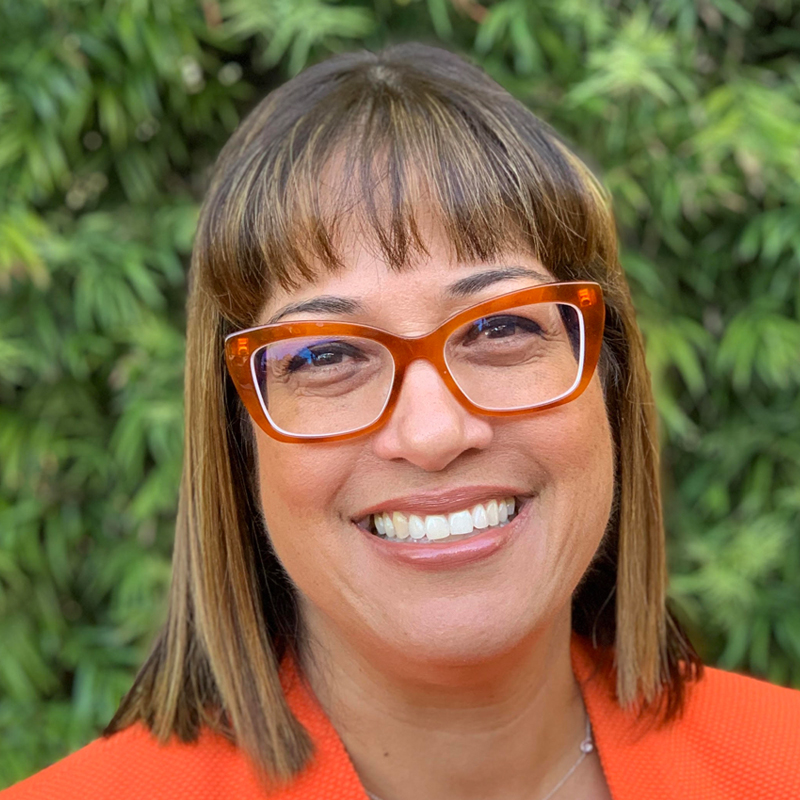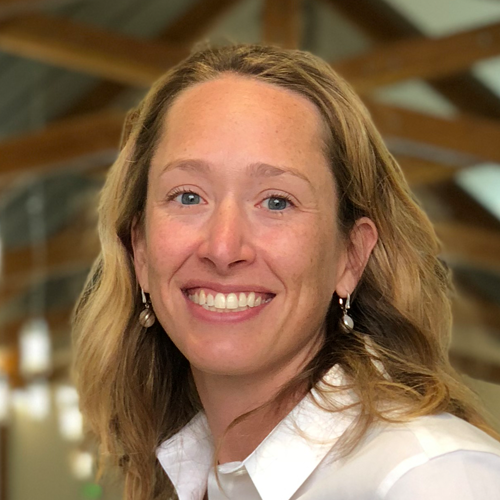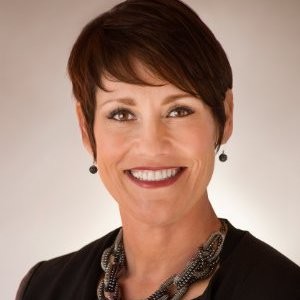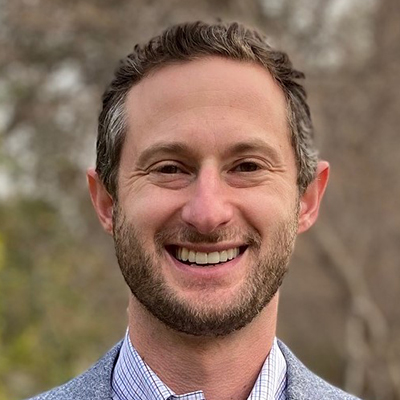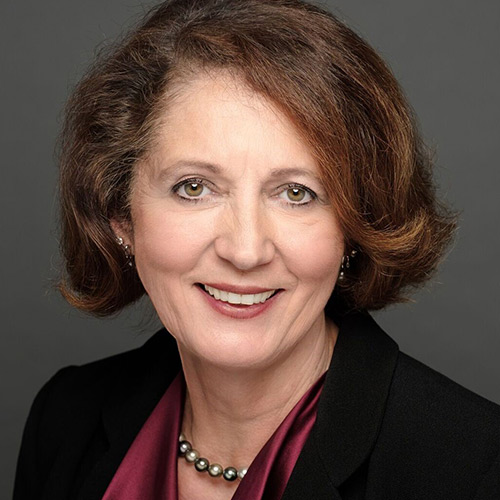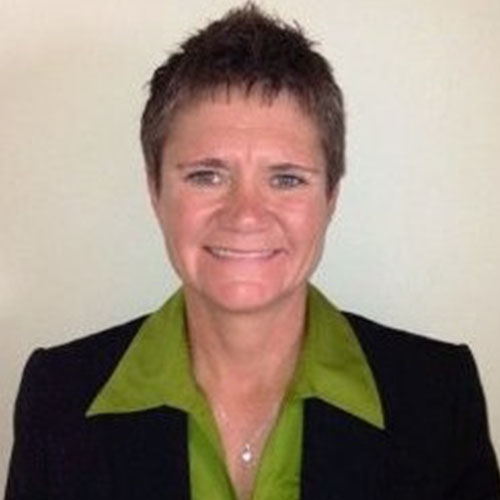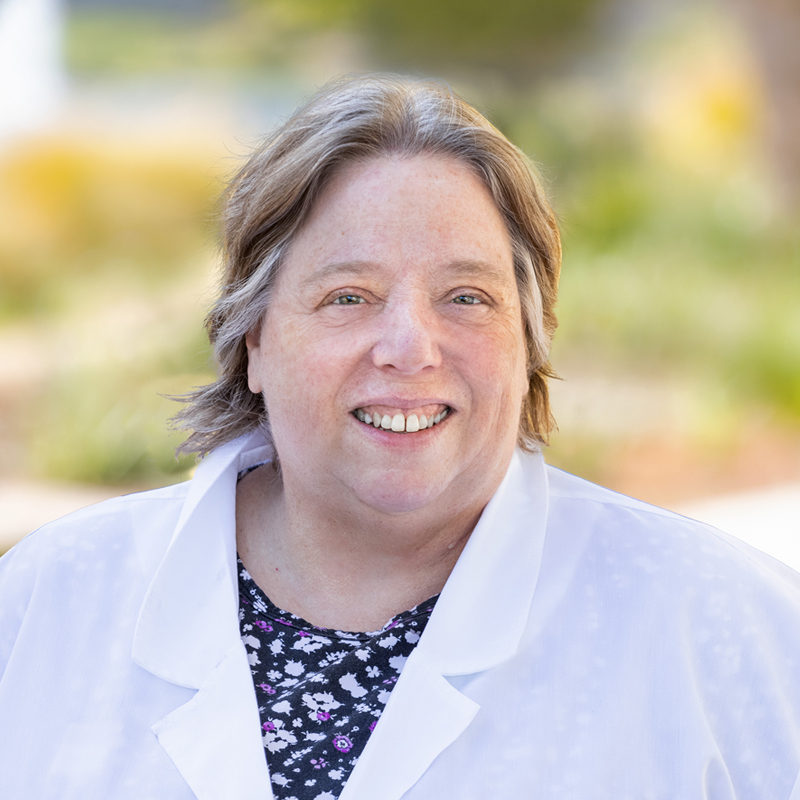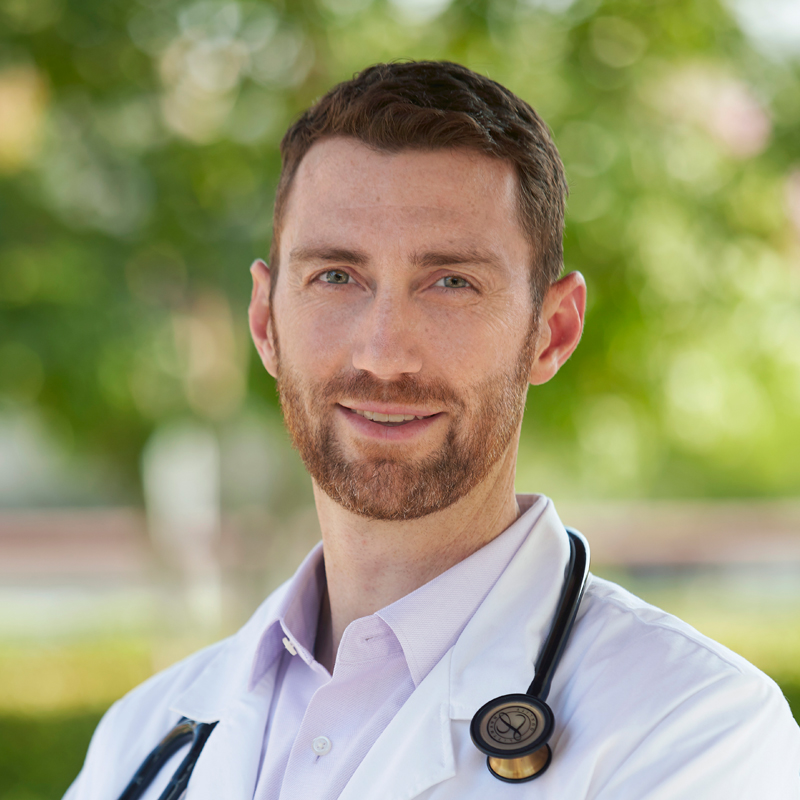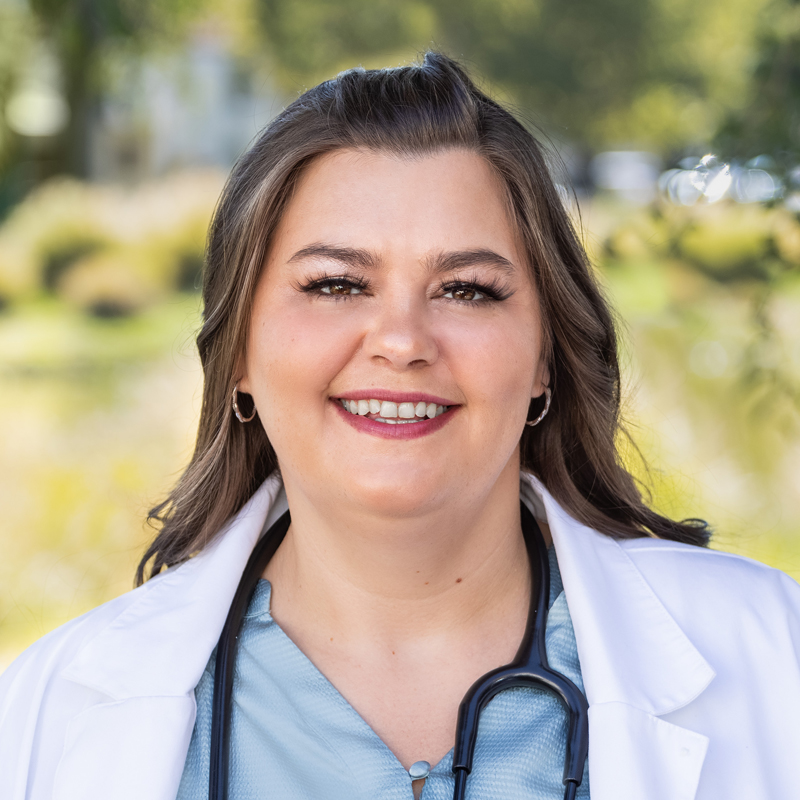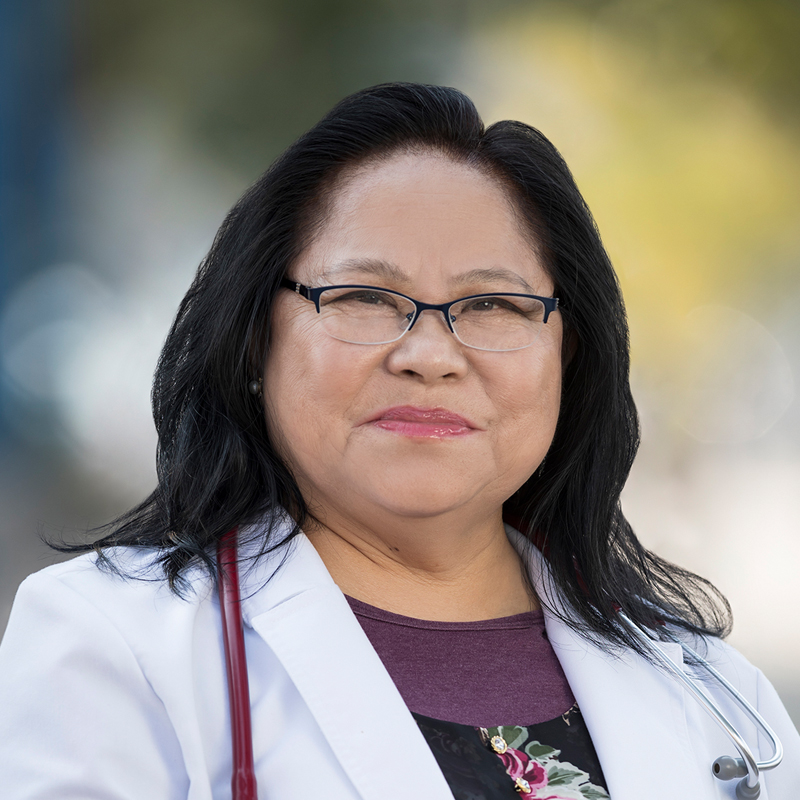How Much Does a Wheelchair Cost on Average?
There are several reasons why you may need a wheelchair, but how much does a wheelchair cost? These are the prices you can expect.
When it comes to purchasing a wheelchair, one of the first questions that may come to mind is, “How much does a wheelchair cost?” The price of a wheelchair can vary greatly, depending on several factors.
Buying a wheelchair can get expensive, but don’t worry. There’s a way to get a reduced price on it, which we’ll discuss later. With that said, let’s take a look at the average wheelchair costs and how you can potentially save money.
How Much Does a Wheelchair Cost?
The cost of a manual wheelchair typically falls in the range of $100 to $500. These wheelchairs are often made of lightweight materials, like aluminum. They’re designed for individuals who have limited mobility but don’t require additional features.
Manual wheelchairs can be self-propelled or pushed by a caregiver. They typically have basic features, like adjustable footrests and armrests.
For those who require more advanced features, the cost of a manual wheelchair can increase significantly. Wheelchairs with specialized seats or custom modifications range from $1,000 to $5,000 or more.
These wheelchairs are often recommended for individuals with specific medical conditions or mobility needs. They may include features like tilt-in-space recline, power-assisted wheels, or specialized cushioning for pressure relief.
Electric Wheelchair Prices
Electric wheelchairs, also known as power wheelchairs, are another option. They’re powered by batteries and maneuver using a joystick or other control system. The cost of an electric wheelchair varies depending on weight capacity, range, and additional features.
Basic electric wheelchairs start at around $1,500. However, the price can go up to $5,000 or more for higher-end models.
It’s important to note that these prices are just averages and can differ based on where the wheelchair is purchased. Prices may also be influenced by insurance coverage or discounts offered by certain providers.
Furthermore, extra costs may be required when buying a wheelchair. If ramps or lifts are needed, that’s usually a separate charge.
When considering the cost of a wheelchair, always factor in the ongoing maintenance and repair costs. Like any piece of durable medical equipment, wheelchairs require periodic maintenance or repairs.
It’s recommended to inquire about warranty options or service plans. These options will help to mitigate these potential costs.
Medicare and Wheelchairs
Although wheelchairs are pricey, Medicare Part B may cover them as durable medical equipment. This means that seniors can save a significant amount of money.
Even without Medicare, most durable medical equipment companies offer payment plans to customers.
Understanding Wheelchair Costs
How much does a wheelchair cost? We hope this article answers that burning question for you. As you can see, there are a lot of factors that go into the overall price of a wheelchair. Thankfully, Medicare may help with the financial load.
If you or your loved one needs assistance, we’re here for you. At WelbeHealth, our goal is to help the elderly thrive. We provide full-service care for seniors through in-home care, prescription delivery, and more.
To learn more about us, call 1 (888) 530-4415, or contact us on our website.

